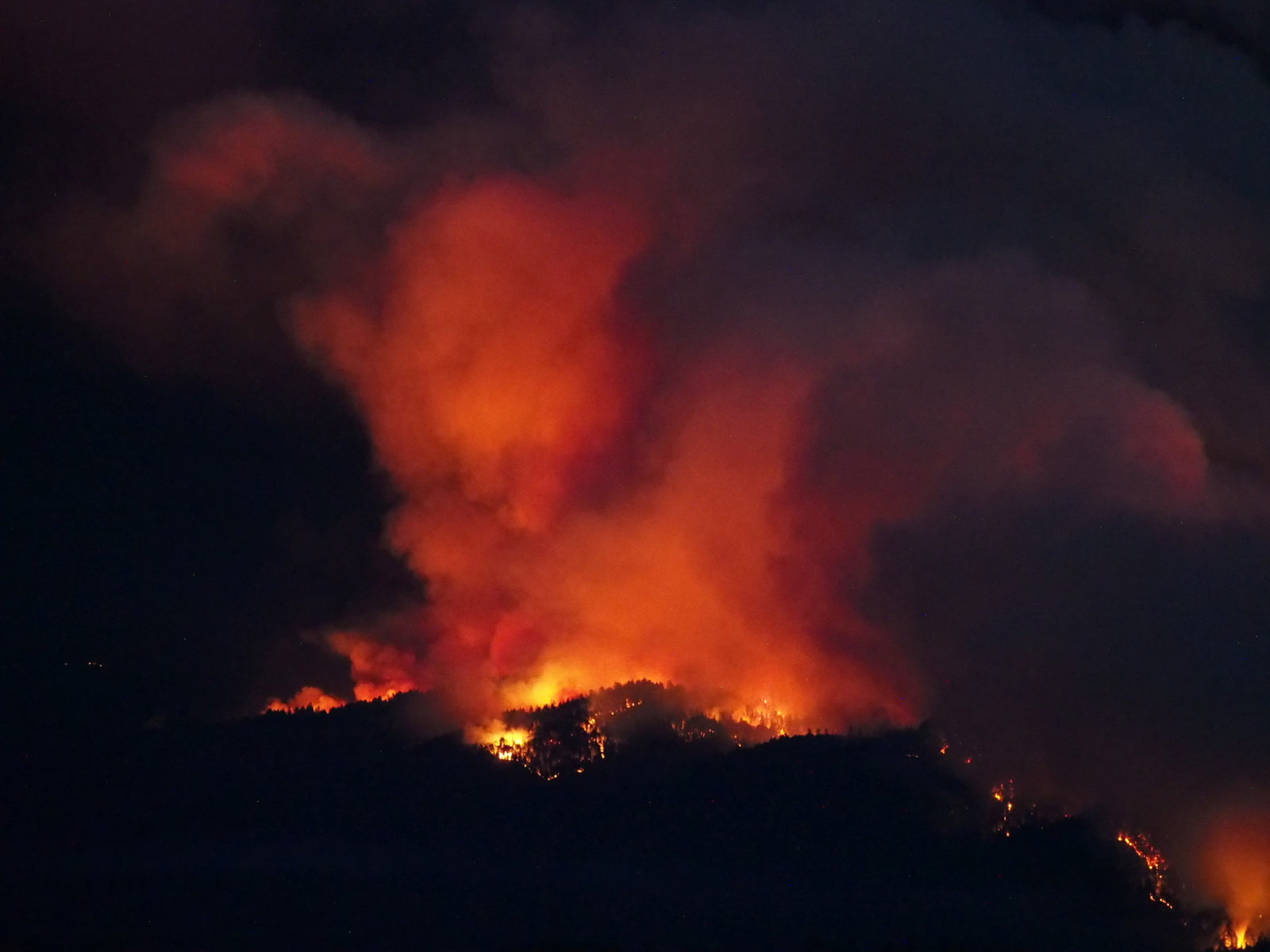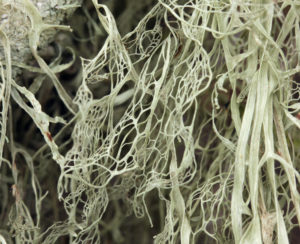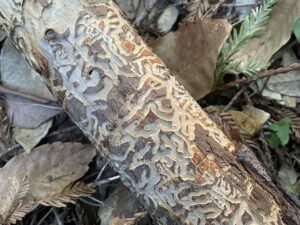I write from a place of love, but also a place of pain. A place of excruciating unknowing. A place of imagination – imagining the worst, imagining the best, imagining change of a sort I’ve never encountered before in my home county of San Mateo. Perhaps by the time you read this, we will have reached a place of knowing – knowing what the CZU-Complex fire burned, what escaped the flames, how capricious winds spared patches here and there, while ravaging others. But for now, the dread of the past three weeks hangs over me, matching our steadily smoky, murky skies.
The heart and the head are not always aligned. I know that fire is a natural and healthy part of our forests. I know that this county, and its southern forests, were overdue for a fire. I am confident that nature is resilient. These rational assessments, though, are taken from the perspective of the largest time frames and the grandest processes. The individual beings trapped by the fire – I can see them in my mind – from the California Sister (Adelpha californica) to the Sierran Tree Frog (Pseudacris sierra) to the Sharp-tailed Snake (Contia tenuis) – they did not have the option of adopting an evolutionary time-scale to calm their terror. So while I prize the mind and science, the perspectives they afford cannot still the aching in my heart for places, landscapes, lichens, salamanders, and birds I love.
Since 2008, I have practiced a personal discipline of “adopting” a place, then visiting it weekly to learn it at an intimate level. While doing this I document it in eBird and iNaturalist. I have intentionally chosen places which I perceive as under-visited (and under-documented), as well as places with moderately challenging topography (I have to stay in shape!). In the case of parks, I set myself the additional goal of walking every mile of every trail within the park and around its edges. Sam McDonald County Park was my chosen site for 2018-19; Pescadero Creek County Park for 2019-2020. These two parks have a multitude of treasures: I have seen Mountain Lion (Puma concolor, only my second sighting ever and with the added advantage of being from the safety of my car), heard many a Pileated Woodpecker (Dryocopus pileatus), and studied Many-forked Cladonia Lichen (Cladonia furcate).
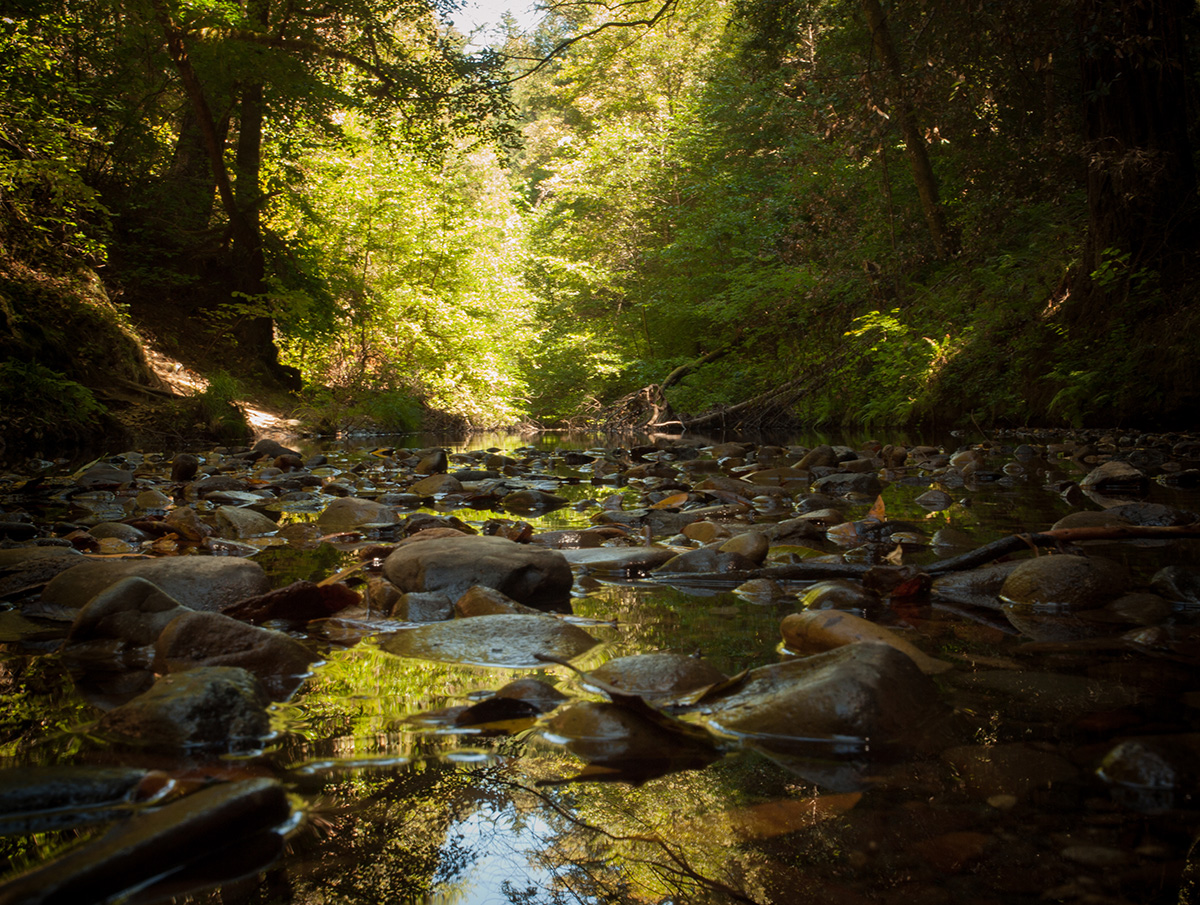
This past January I joined Arnel Guanlao and Kirk Ehmsen at Pescadero Creek County Park for the Año Nuevo Christmas Bird Count. It was a magical though exhausting day. We walked around the northeastern end of the park, taking the Tar Water Creek Trail to observe that its name was not fanciful but descriptive and accurate: there is tar in the creek! We heard a Northern Pygmy-Owl (Glaucidium gnoma) – a denizen of the mixed Redwood forests of southwestern San Mateo county – calling at noontime, and saw the most wondrously-named humble beast of them all, the Reticulate Taildropper (Prophysaon andersoni). Between us, we logged hundreds of entries on iNaturalist, and found a number of unique birds for the count. I was the last person to arrive at the countdown dinner, but have no regrets. In retrospect, every minute we spent there was absolutely the right decision. Arnel and I co-administer a project on iNaturalist for all sightings in Pescadero Creek County Park (along with its access points). Our desire to learn has now turned into a valuable body of pre-CZU baseline data for analyzing how the park responds to this particular trauma. Likewise, Sam McDonald County Park has hosted two BioBlitzes that documented over 300 species across all taxa (March 2019 and February 2020).
When COVID SIP restrictions were eased in late spring this year for San Mateo county, I invited small groups of friends to join me for long walks in these hills. A trip to Sam McDonald revealed wonders in the zone where habitats meet, mixed woods abruptly changing to grassy meadow exultant with Common Wood-Nymphs (Cercyonis pegala) near the Sierra Club’s Hiker’s Hut. When my birthday rolled around in mid-June, a small group of us walked from Sam McDonald’s main lot to the end of Old Haul Road on Wurr Street. This seamless connection between Sam McDonald and Pescadero Creek County Park (one doesn’t even know when the border has been crossed) wends through an abundant mix of life zones, right to the eponymous Pescadero Creek itself, where we saw one of the day’s highlights, my first-ever Bison Snaketail (Ophiogomphus bison) dragonfly. That was my last visit prior to the CZU Lightning Complex Fire. Now the maps hint that Old Haul Road, just south of Pescadero Creek is a dividing line between where the fire reached and where it spared its fury. Perhaps the eggs our Snaketail was laying will survive to fly next year.

With uncanny precision, the CZU Complex Fire struck places I loved. News of the fires in San Mateo County surfaced around noon time on Tuesday August 18, three days after the ferocious thunderstorm. The map showed a hot zone at a place that my naturalist imagination had longed to see – the southwestern end of the Butano Fire Ridge Road in Pescadero Creek County Park. Due to its distance from any entrance, I had not yet reached this corner of the park. When firefighters indicated that their efforts were hampered by the difficulties of the topography in this area, I knew exactly what they meant. The reason, though, that this precise site had danced tantalizingly in my imagination is because it is the only known area in San Mateo county where the Santa Cruz Cypress (Cupressus abramsiana) grows. This rare tree’s other major grove is in Bonny Doon; the entire native range of this species is in the CZU zone.
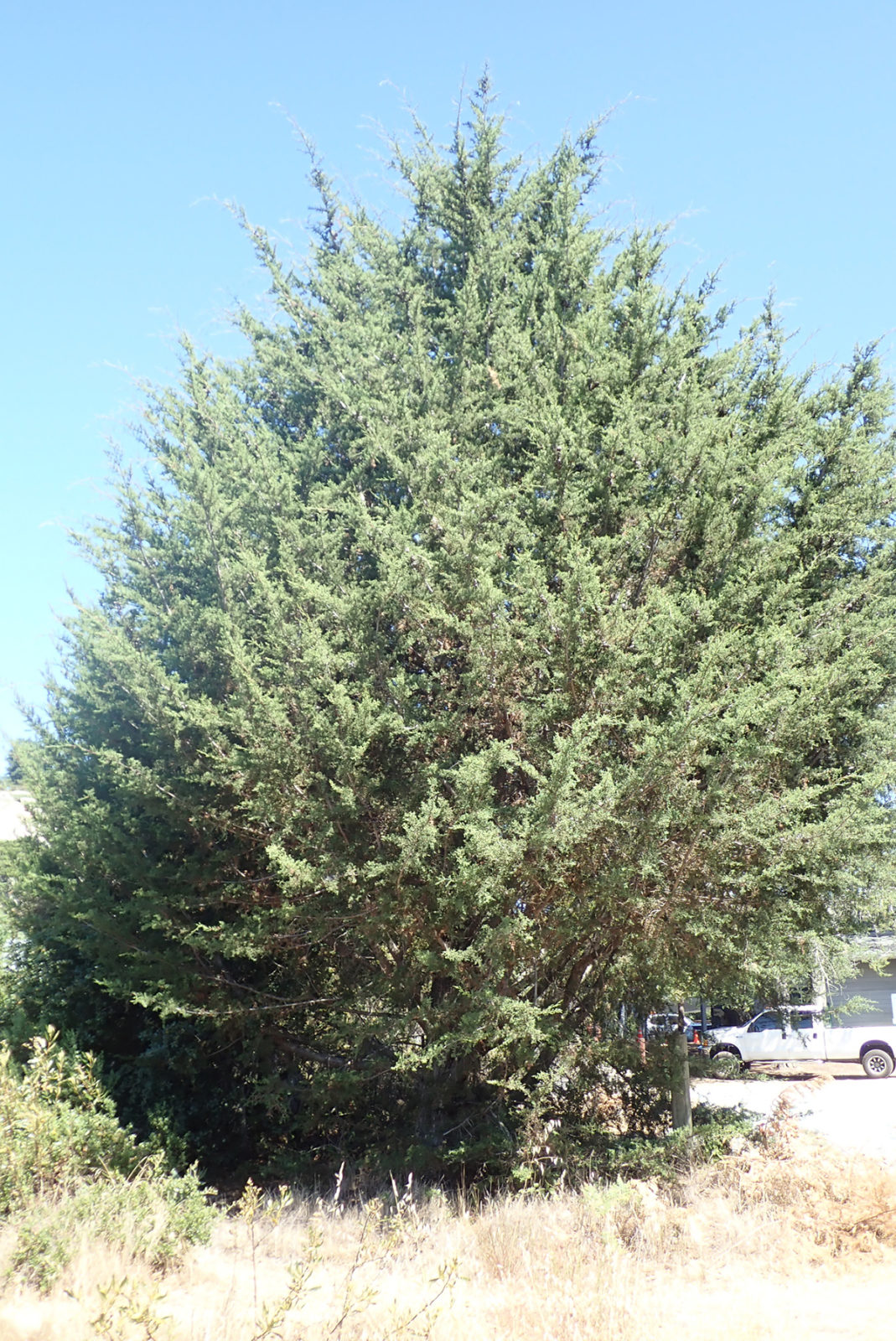
Even if all of the living trees sustained damage in this fire, we have good reason to believe the species will sprout back. The Santa Cruz Cypress needs fire to open its seed pods, and can flourish with fires spaced at 50-100 years apart. This good news, though, comes with an anthropogenically-placed question mark. The line between survival and extinction gets coarser as we corrode the environment. If the Santa Cruz Cypress weathers this disaster, maybe even flourishes, that will be excellent. But how many more disasters in quick succession can it bear? How ‘natural’ was this fire event, following an intense heat wave that pushed out our protective marine layer and generated the most dramatic thunderstorm I’ve experienced outside of South Dakota? How will longer and more intense fire seasons affect these eco-systems? When we have already fragmented and starved nature out of her abundance, then throw climate change onto the dry kindling, the flames that result can be both natural and unnatural.

